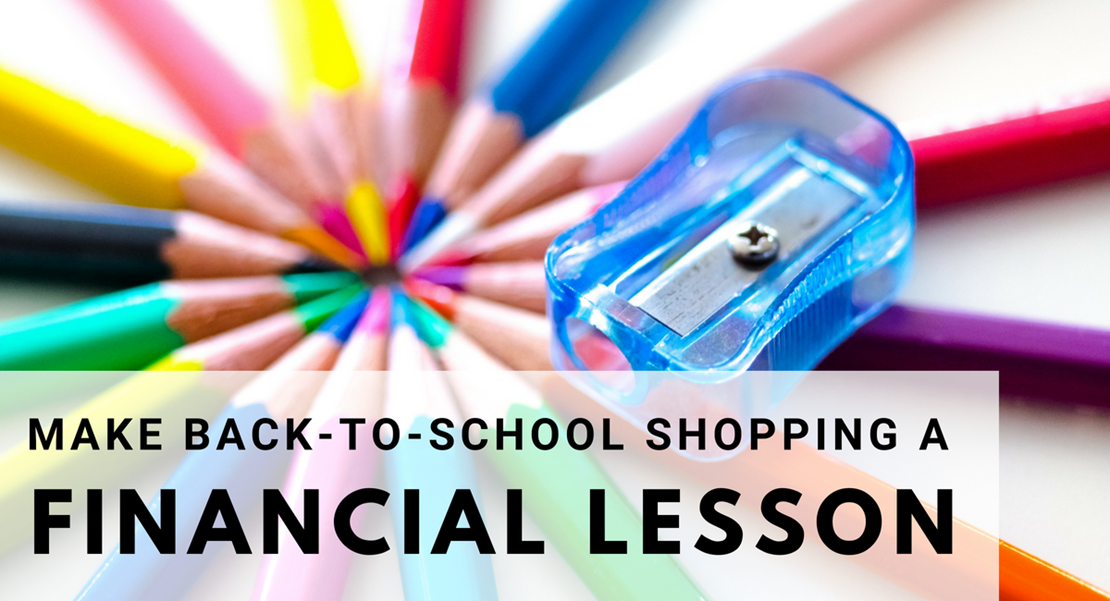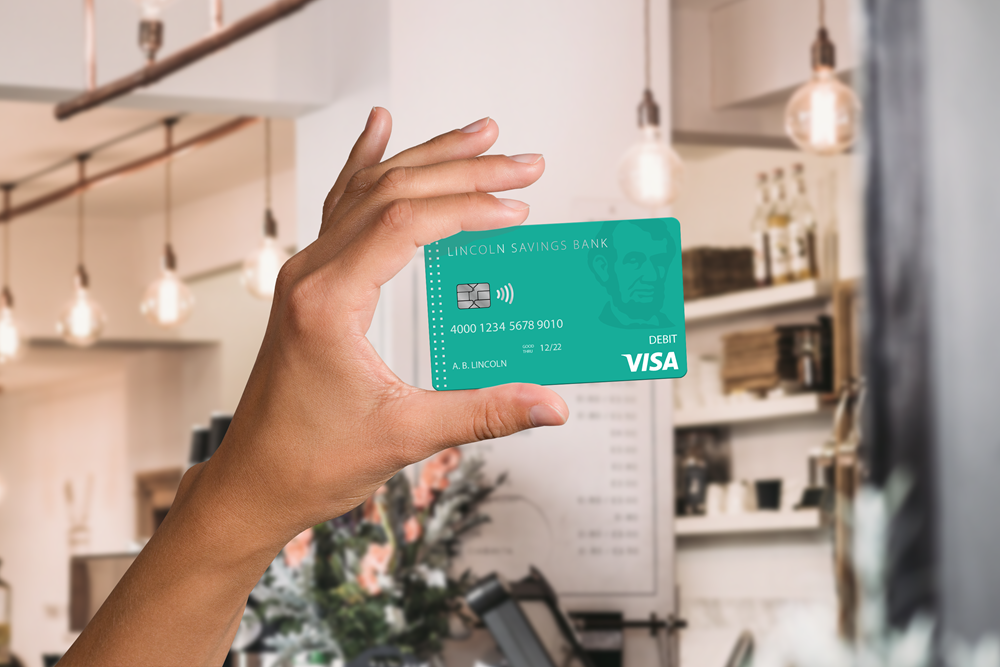
Teaching children financial responsibility may seem like something they don’t need to learn yet but the sooner they learn about good spending habits, the easier it will be to apply later in life. Finding unique ways to help them relate it to the real world can be difficult depending on their age. So, consider back-to-school shopping as a way to give children an interactive financial lesson.
The more opportunities we can give children to see the positive impacts of budgeting, the better off they will be in the future. Although kids don’t like the idea of a budget, their interest is peaked by topics that concern them, like what supplies they are getting for school. There are many ways to teach financial literacy but turning back-to-school shopping into a lesson on budgeting can make the experience interactive and educational.
Following are six steps on how to turn a back-to-school shopping trip into a financial lesson.
- Make a list and separate it into needs and wants. Most schools provide a list of school supplies, and there are likely some items your child would want that aren’t on the list. Make a list so you know exactly what you need to buy.
- Discuss the list. This is a key step in the financial lesson. By going over the list, you can discuss how everything on the “wants list” will likely not fit in the budget. This will prepare your child to make decisions about what to buy and what not to buy when it’s time to go shopping.
- Look for items you already have. Go through the list of needs and cross off items that you already have. For example, if you have a healthy supply of pens and pencils in your home, there’s no need to buy more. Take a moment to research the cost of the items that you just crossed off, to show how much you will save by not buying them. This will show your child the financial impact of this step.
- Research the items on the list. Look at the list of needs and do some Google searches to get an idea of how much each item will cost. Depending on the age of your child, things like graphing calculators or books can get expensive. This will help you set a realistic budget.
- Set an amount for your budget. Take the information gathered in Step 4 to set a budget. You should have a good idea of what it will cost for the items on the “needs list.” It’s important, however, to set the budget a little higher to compensate if items at the store end up costing more than you expected, and also to leave room to pick up an item or two on the “wants list.”
- Go shopping. Try out a couple different stores – including dollar stores and thrift shops – to get the best value for your money. Fulfill the “needs list” first, then reward the child by using the leftover amount from the budget to purchase items from the “wants list”.
Applying these steps to something as simple as notebooks and erasers can show a child how important it is to shop smart. And maybe you learned something as well!
Take saving to the next step with an FDIC insured, interest bearing, savings account for kids. A $5 minimum deposit will get you started on your way to saving for the future. Visit one of our locations to open your Savings account today!

